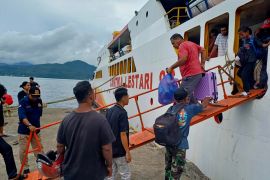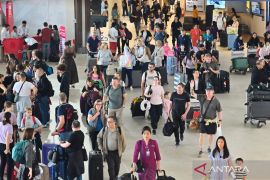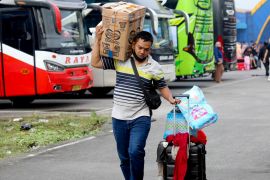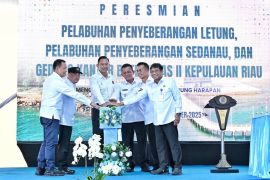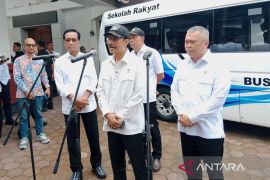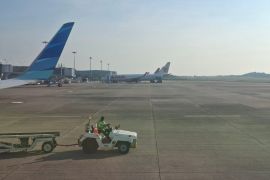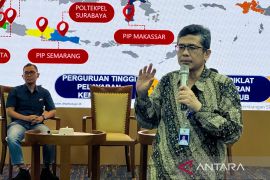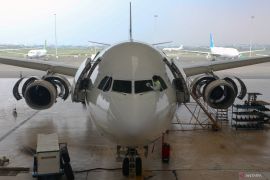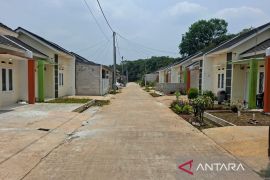"The development and revitalization of type A terminals in various regions is one of the government's priority programs to improve inter-city bus transportation services between provinces and within provinces," Transportation Minister Budi Karya Sumadi remarked in a statement received on Wednesday.
In future, he expressed hope that the construction of bus terminals would continue with better facilities to provide comfort to the public.
"Bus terminals must be clean and comfortable to attract more passengers. This is also our effort to improve the culture of using mass transportation," Sumadi remarked.
Since the authority to manage type A terminals was handed over from the regional to central government, the ministry is improving the facility to be on par with train stations or airports.
"We are building a more modern terminal with a mixed-use concept. Apart from accommodating the passengers' needs, the bus terminal can also be used for social, economic, artistic, and cultural activities for the community," the minister stated.
With the application of a mixed-use concept, the bus terminal also has several facilities, such as commercial areas, culinary arts, public services, hotels, shopping places, multi-purpose rooms, and integrated with other modes of transportation, he highlighted.
Some bus terminals built and revitalized by the ministry are the Paya Ilang Terminal in Takengon, Aceh; Amplas Terminal in Medan, North Sumatra; and Anak Air Terminal in Padang, West Sumatra.
Tingkir Terminal in Salatiga, Central Java; Tamanan Terminal in Kediri; Purabaya Terminal in Surabaya, East Java; Bimoku Terminal in East Nusa Tenggara (NTT); Banjar Terminal in South Kalimantan; and Bolaang Mongondow Terminal in North Sulawesi also underwent construction and revitalization.
The type A bus terminal revitalization was carried out by utilizing the state budget and state sharia securities (SBSN) and conducted in stages.
For instance, the Anak Air Terminal was built using a state budget and SBSN amounting to Rp94.8 billion in an area of 27,385 square meters and a terminal building of 10,364 square meters.
Moreover, the Amplas Terminal was built with an SBSN budget ceiling of Rp42.8 billion and was completed through a multiyear scheme in the 2021-2022 period.
Construction of the Tamanan Terminal in Kediri is divided into III stages, namely stage I in 2020, with a cost of Rp12.5 billion; stage II in 2021, with Rp7.6 billion; and state III in 2022, with a cost of Rp4.85 billion.
Meanwhile, the Paya Ilang Terminal was built using a state budget of Rp22 billion in an area of 9,792 square meters and a building area of 2,500 square meters.
Lastly, the Purabaya Terminal underwent revitalization in the form of repairs to access roads reaching the terminal, with a budget of Rp4 billion in 2022 and Rp30 billion in 2023.
The ministry also reported that in the 2014-2023 period, new terminals had been built at five locations and revitalization was conducted in 75 locations with the involvement of investors and private business entities to help the project.
Related news: Labuan Bajo Maritime Festival expected to benefit local residents
Related news: Indonesian Festival Citizen's Party needs to be emulated: minister
Related news: Tanah Papua Festival to promote local tourism: govt
Translator: Benardy Ferdiansyah, Resinta Sulistiyandari
Editor: Azis Kurmala
Copyright © ANTARA 2023

